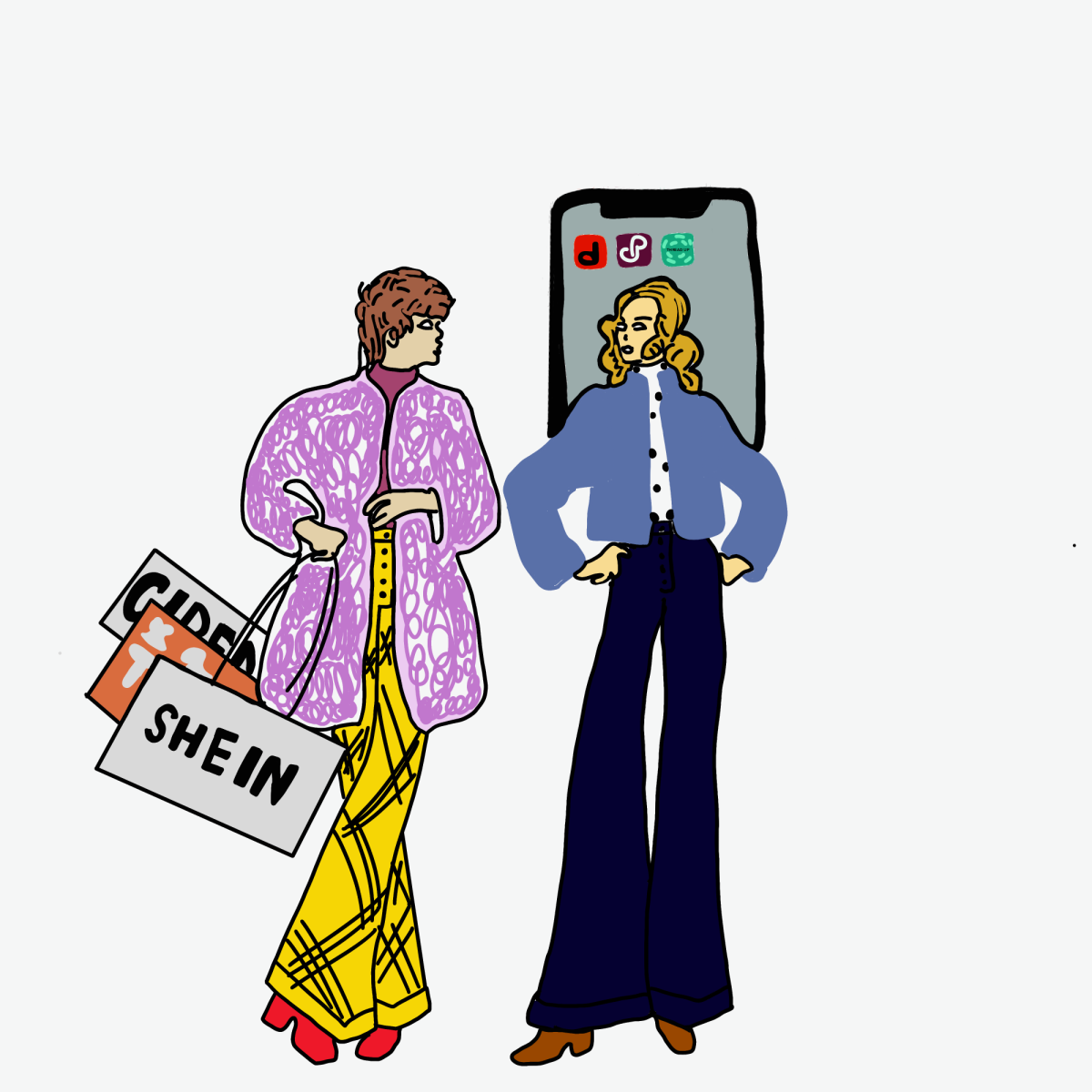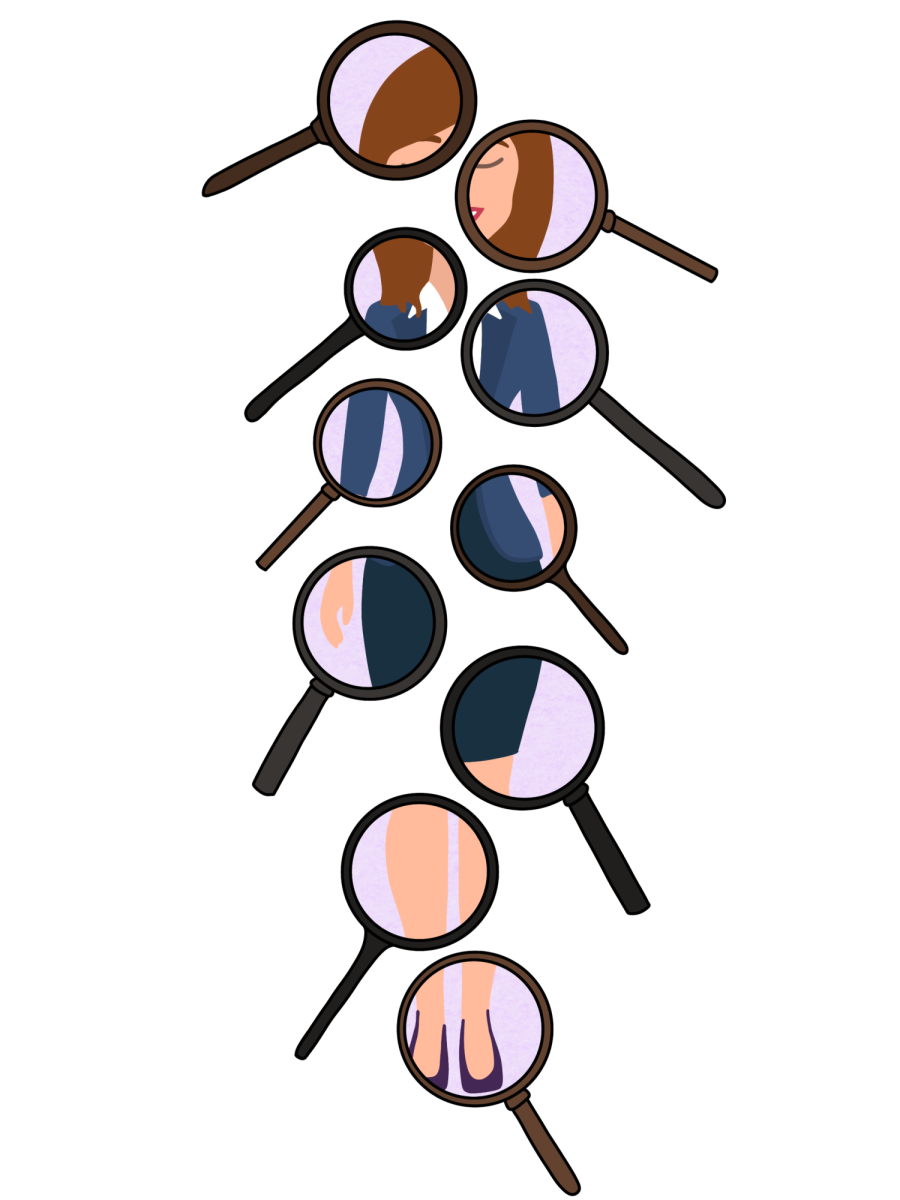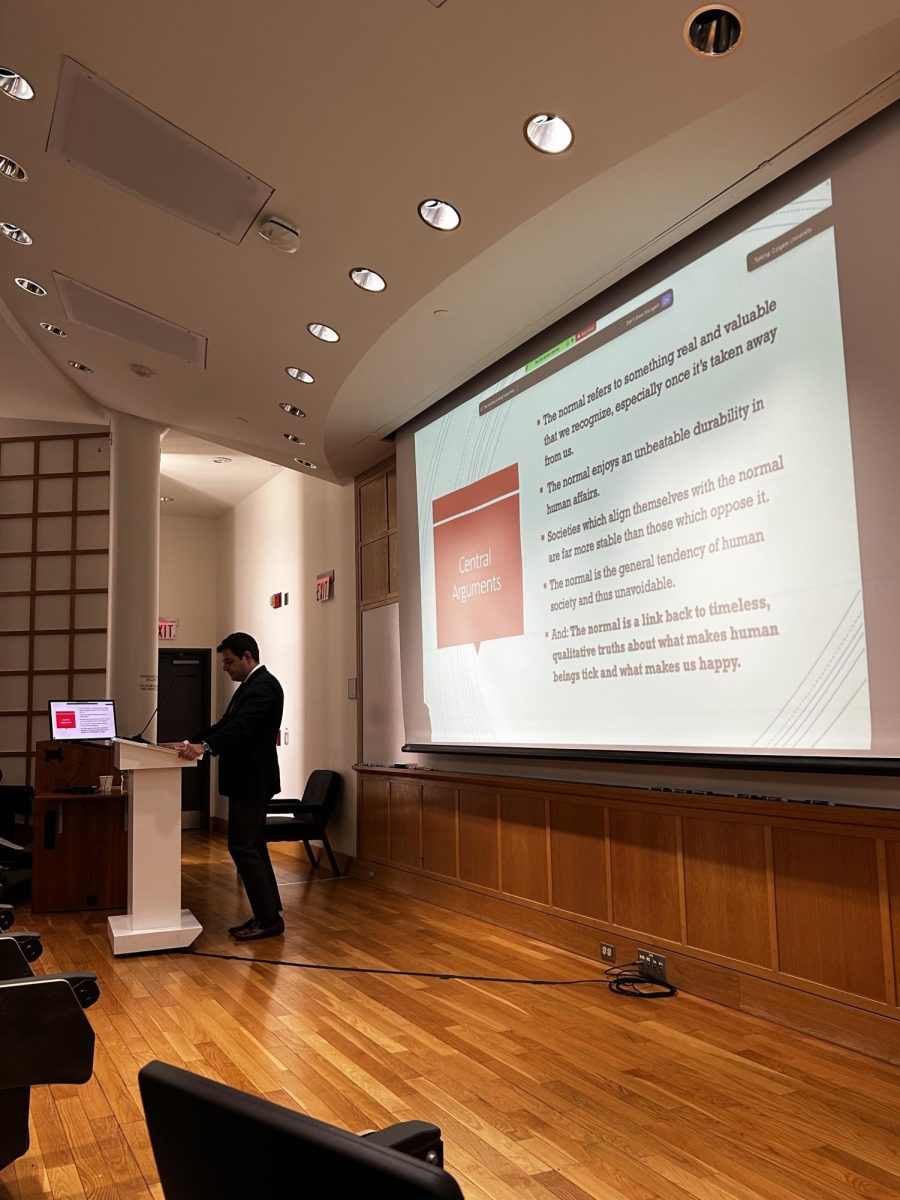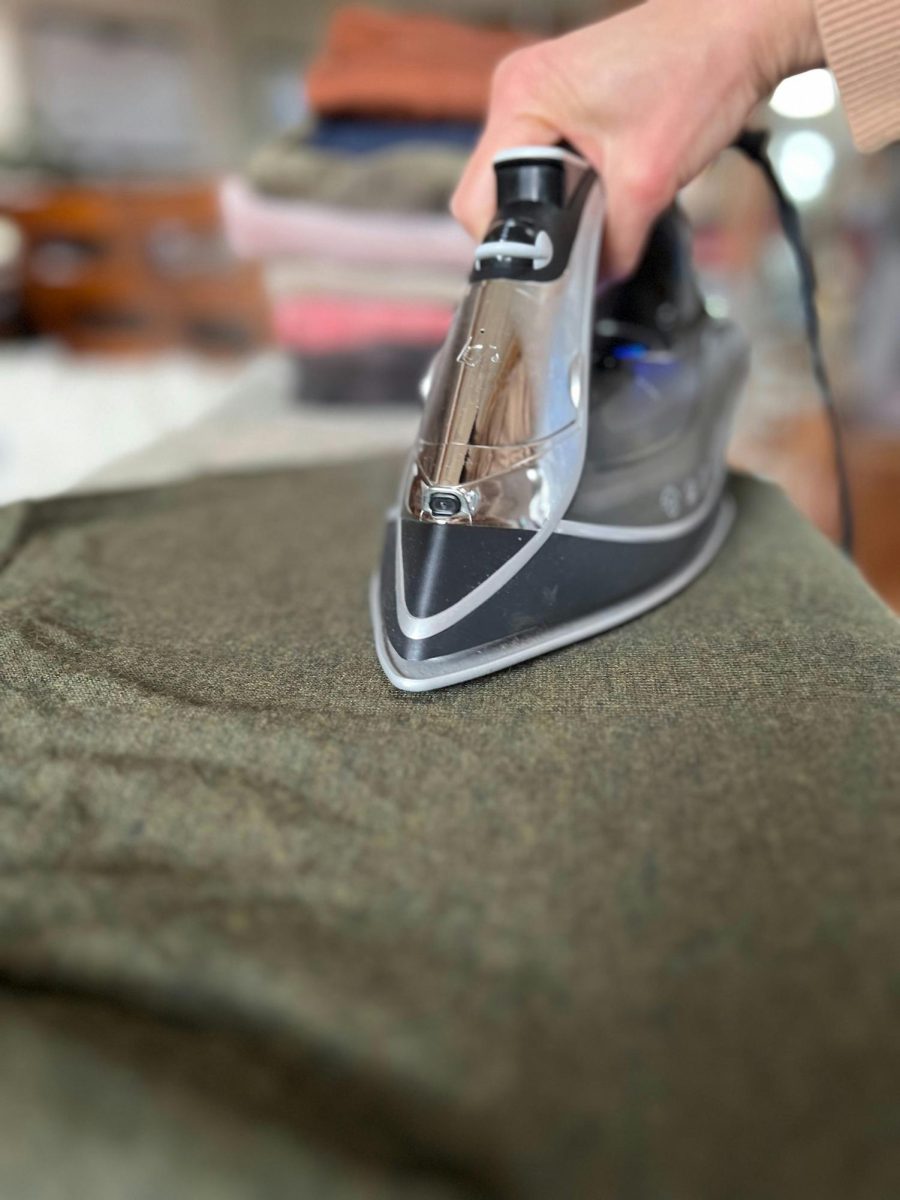As the threat of climate degeneration has become increasingly imminent, we consumers have been looking for minor changes to decrease our carbon footprint and minimize the amount of waste we produce in landfills. One way in which Gen Z has implemented sustainable practices has been through the fashion realm with the rising popularity of online thrifting apps such as Depop, Poshmark and ThredUp, to name a few.
One that has notably risen in popularity within the Gen Z population is Depop, which was founded in 2011 with the mission to “make fashion circular by encouraging millions more people to choose secondhand and extend the lives of their clothes.” As a result of online fast fashion companies emerging globally — such as Shein, Temu and Cider — that produce and sell cheap clothes in the wake of frighteningly low wages and lackluster working conditions, apps like Depop encourage shoppers to increase the longevity of their clothing by selling them to other shoppers on the app. This, in turn, promotes clothing recycling, which decreases the extraction of finite natural resources. On top of the positive, sustainable habits Depop encourages, the app also enables its users to shop for unique, vintage pieces of clothing that aid them in building their own style.
Clothing and textiles are leading contributors to waste in landfills. In the United States, 11.3 million tons of textile waste — equivalent to 85% of all textiles — end up in landfills each year, which amounts to 81.5 pounds per person. Due to the presence of cheap online stores, many people normalize buying a clothing item and wearing it only a few times because of the low quality and price of the item. The effects of fast fashion have resulted in a throwaway culture, which has decreased the number of times that we wear a clothing item before it loses its purpose. In our current day and age, clothing items are re-worn only seven to 10 times on average — a 35% decrease when compared to data from only 15 years ago. With this culture becoming increasingly prominent, we often forget the detrimental impacts that clothing waste has on the environment, which makes us less prone to looking towards alternative ways to recycle and re-home our clothing.
With 30 million active users all over the globe, the app also allows people to find unique pieces that are often cheaper than their wholesale value. As someone who doomscrolls on Depop daily, I recognize the platform’s many benefits, both inside and outside the sustainability realm. When you sell clothing on the app, not only are you actively minimizing the amount of clutter within your closet, but you are also profiting from the sale and making easy cash — which comes in handy as a college student. Regarding the buying aspect of Depop, I have found that the clothing I have bought from Depop sellers is often the items I am complimented on most frequently. As I’ve matured, I have begun emphasizing building my style; buying vintage and one-of-a-kind clothing items enables me to embrace the unique style I try to emanate without breaking the bank and simultaneously minimizing clothing waste. Also, the social media-esque setup of the Depop app allows you to follow the sellers you buy from as well as look through the clothing items they have liked to further cater to and discover other items that could fit your personal brand while building a community of individuals who love fashion.
As someone cognizant of my sustainable choices, I wholeheartedly believe that shopping second-hand is one of the most accessible and cost-efficient ways to minimize my carbon footprint. Many sustainable habits that mainstream media advertises, such as veganism and energy-efficient technology, put individuals off because these strategies can be financially burdensome. Thrifting, on the other hand, allows consumers to spend less money on items than they usually would in a non-thrift store, which makes it more accessible to individuals regardless of socioeconomic status. In our current climate, Gen Z can shift societal habits that harm the environment and change the trajectory of our planet’s doom-filled future at the hands of environmental degradation. One small step we can all take is to consider how we dispose of our clothing and acquire new clothing items. If we, as a collective, can look towards alternative options such as online and in-person thrift stores — rather than looking towards the cheap, online fast-fashion industry — we can minimize the amount of waste that we produce into the environment and ultimately take meaningful action towards improving the health of our planet.
















